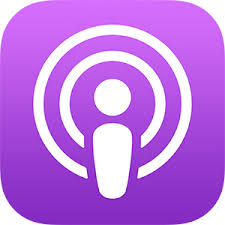Episode 256: Bend is your friend, especially when bridleless
October 11, 2023/
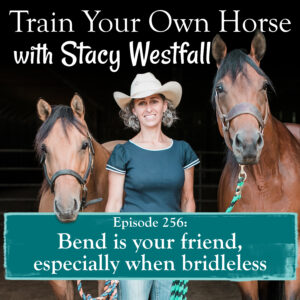
In this episode, Stacy Westfall reflects on the 20th anniversary of her first bridleless competition ride, sharing insights from her journey. She begins by addressing common challenging emotions faced by riders and their underlying causes and then addresses the similarities between basic bending and advanced bending.
Key points in this episode:
- Red flags like anxiety or concerns can feel like road blocks, but with a plan to address them, they become educational challenges.
- Dispelling the misconception that removing the bridle guarantees a feeling of freedom in riding; true freedom results from understanding and communication with the horse.
- Bend is a fundamental aspect of riding with the bridle on, and the concept remains important in bridleless riding.
- Advanced bending without the bridle reins is also for safety and signifies a high level of understanding between horse and rider.
- Three reasons why riders often feel dependent on the reins.
SUBSCRIBE TO THE PODCAST HERE:
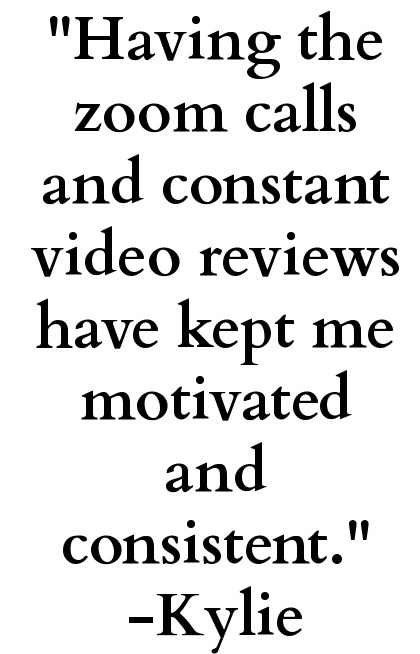
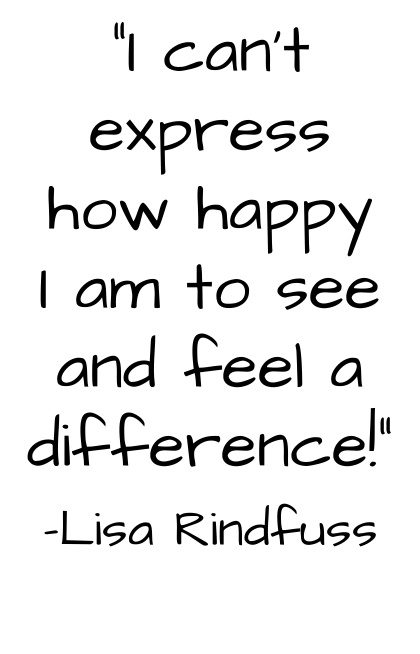
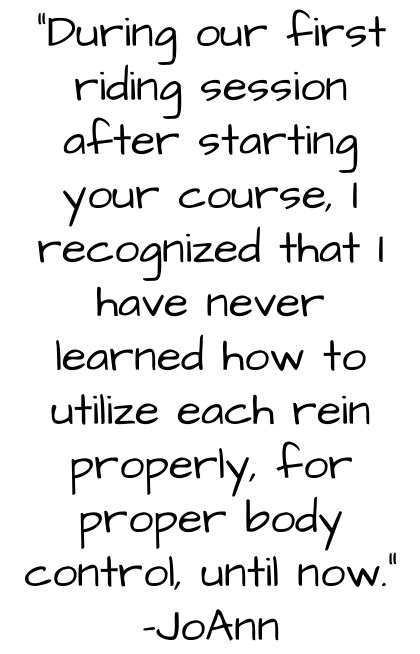
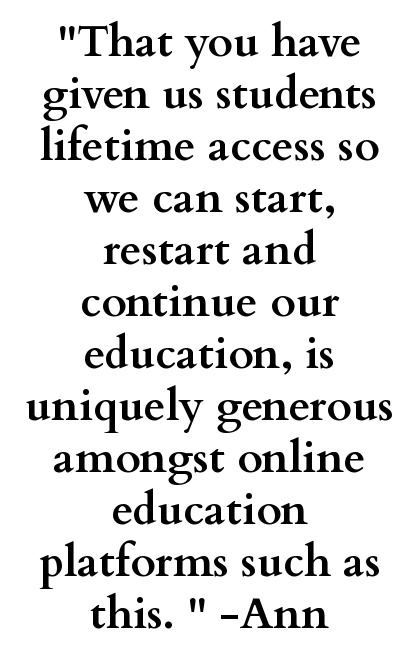
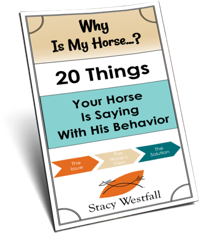
YOURS FREE
WHY IS MY HORSE...?

